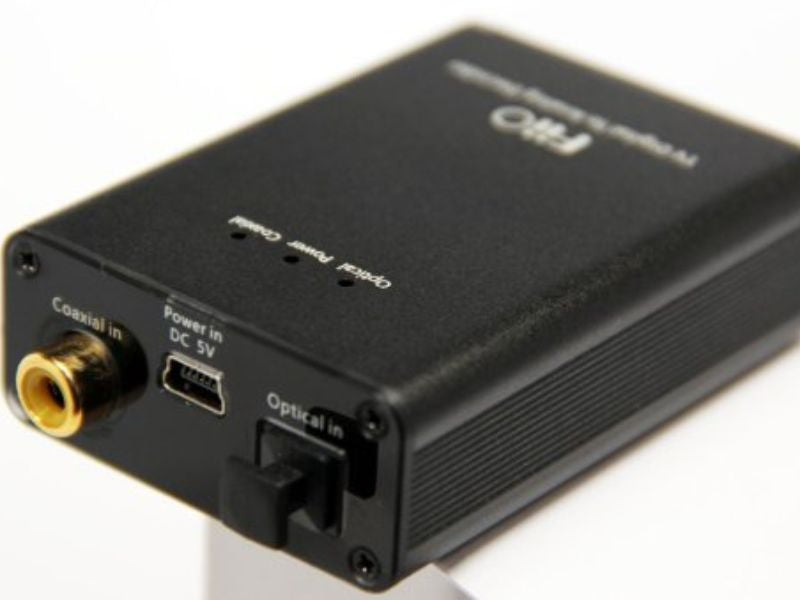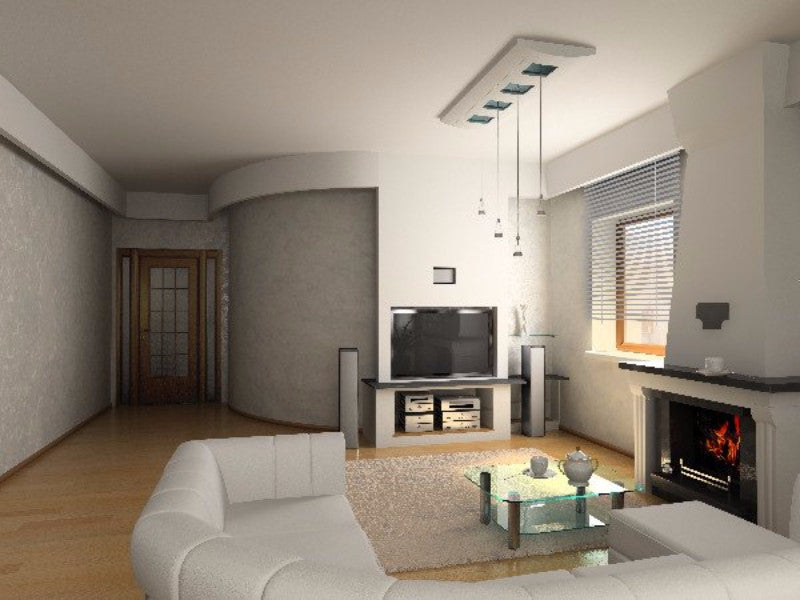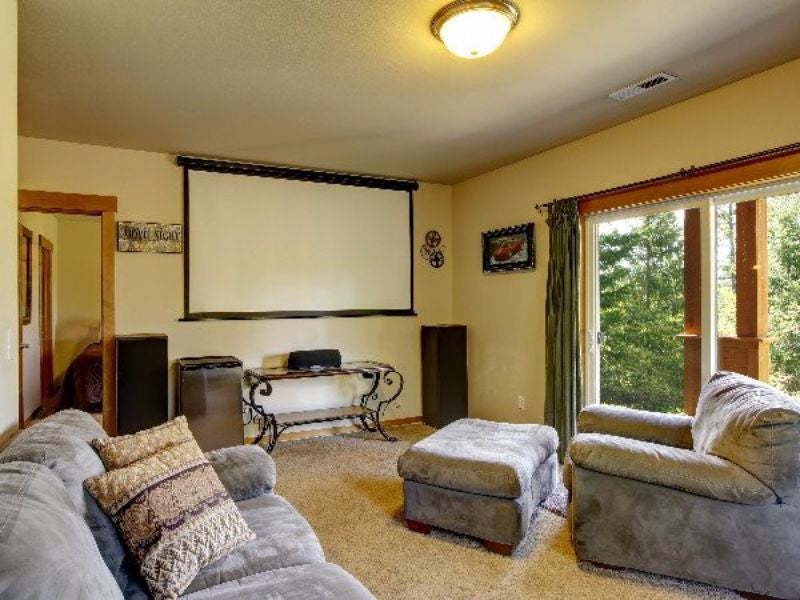From Binary to the Groove - The Digital-to-Analog Converter
A DAC - Digital to Analog Converter - is an electronic processor which is used to convert the binary sequence that comprises the digital audio information into an analog audio signal which is sent to headphones. Even the lossless mp3 files lack some details and dynamics of the actual recording. But if you want all those 1’s and 0’s to sound as good as when the music was originally recorded, you need a good DAC.
An analog signal, the format in which music is recorded, is a continuously varying voltage that represents the continuously varying air pressure of the sound wave. Usually, analog signals are stored as grooves on vinyl records. However, with the advent of digital technology, the practice decreased and digital formats became prevalent. These digital formats sample and measure the height of the analog signal over time, and then break it down in a series of numbers and store it. This series of 1’s and 0’s is a digital audio signal. Digital audio can be stored in a variety of sample rates, word sizes and encoding formats. In the case of you playing your digital music, the final step is that this series of numbers and the stepped amplitude is analysed and re-converted into the analog electric equivalent, and this is the job of the DAC
“Do I even need a DAC?”
The need for an external DAC is necessitated by the existence of two main problems.
- Noise floor problems
- Sound quality issues related to the digital-to-analog conversion
If you can detect a ‘hiss’ during the quiet sections of the music, or if a noise disrupts your playback, you need an external DAC. Noises can arise from a poorly designed sound card to fan noise, or the spin of the hard drive. You can try and eliminate the noise by putting your phone on “airplane mode” or by shutting unnecessary programs on your computer. Noise can also be a consequence of damaged wires.
Issues pertaining to sound quality are much harder to diagnose. Warbling means that your device has “clock” issues. If your computer won’t playback high quality files, then you may need an external DAC.
People rarely need an external DAC. DACs are a fairly mature piece of technology and the DACs built in mid-range receivers and devices are perfectly adequate. An outboard DAC, however, is an audiophile’s dream. It is a status symbol. It decodes the digital bits in files with a greater precision than your device’s built-in audio output circuitry. DACs are often recommended for the headphones-laptop combination, or when the laptop doesn’t provide enough loudness. Digital information is not exactly tailored to the free-flow of sound. There are a number of reasons for people to buy a DAC. The best ones, however, are to battle the atrocious distortions.
The Best DAC for You
There are a plethora of DACs to cater specifically to your needs.
It’s More than a Chip - What you need to enjoy your DAC
A good DAC is not just a single “killer” chip. The real secret is to design a circuit that mirrors the chip’s advertised Signal-to-Noise ratio as closely as possible. Many designs, unfortunately, fall short of this critical threshold. A fantastic DAC can be built with the most basic of chips. A good DAC is the sum of experience, clever design, PCB layout, power supply, shielding and component selection.
You can’t expect sonic bliss just by plugging in your DAC. You need high quality content, a good player and external amplification. Your regular 128 kbps mp3’s won’t make any difference. You need good quality lossless tracks if you’re going to enjoy your DAC. Make sure it is plugged into your player and that it overrides the built in DAC. Also, always use headphones. And if you’re using speakers, you might need external amplification.
Epilogue
When choosing DACs, go for well-known manufacturers and not boutique retailers. Look for features and reliability - a well designed convertor will be a lot better than the 'latest fad’.






Comments
0 comments